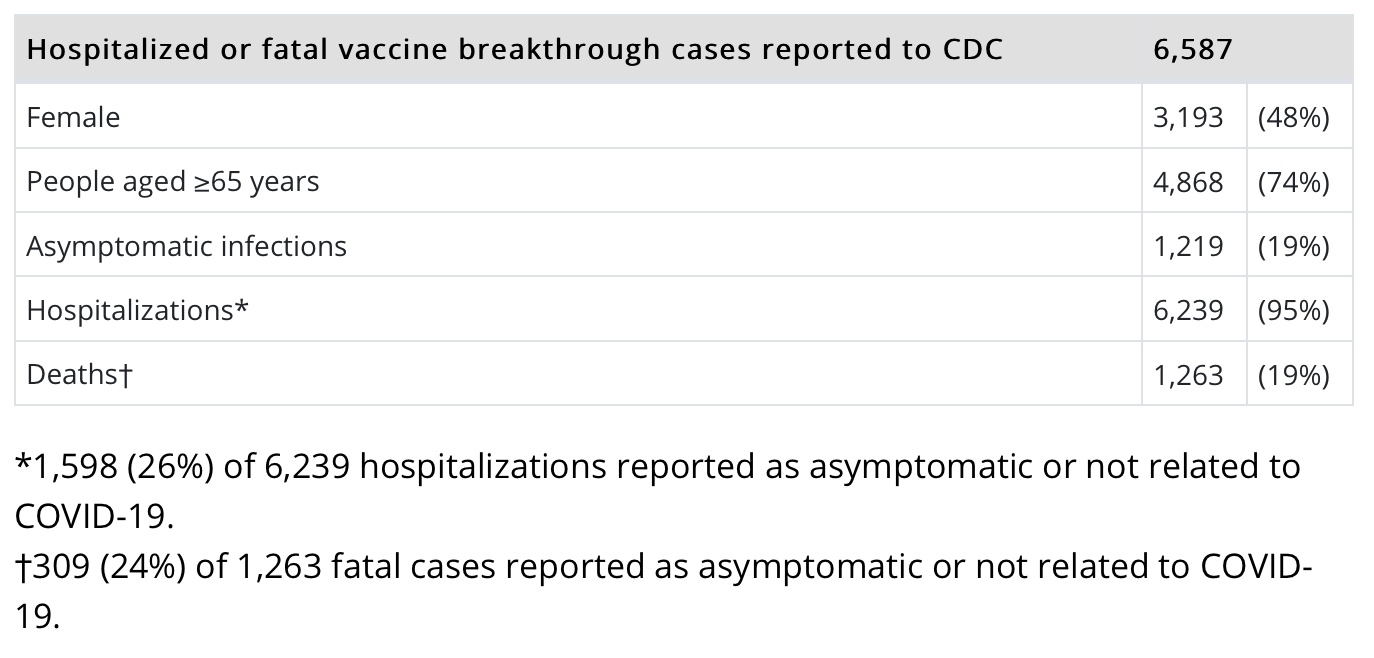On June 26, 2020, WLOS News 13 was told by DHHS spokesperson Kelly Haight that “The number of people hospitalized [for Covid-19] includes those who have tested positive for COVID and those admitted for other reasons, but placed on infection prevention precautions.”
Wait, what?
As part of our “Fog of Covid-19 Data” series last year, I wrote about the great uncertainty surrounding actual hospitalizations and deaths from Covid-19. A snippet:
In regular conversation, a hospitalized COVID-19 patient would mean someone whose COVID infection is so bad it’s put him in the hospital. To Gov. Roy Cooper’s Department of Health and Human Services, however, it means someone who is in the hospital for any reason and who has tested positive for COVID-19. That’s a key distinction. I’ll explain.
DHHS admits no distinction between a hospitalization for COVID and hospitalization with COVID. Hospitalizations for COVID are the dangerous infections people rightly worry about. Hospitalizations with COVID are when people are in the hospital for other reasons — a chest ailment, a car accident, a medical procedure, etc. — and as part of the routine clinical assessment, they test positive for COVID.
How many people are in one group and not the next? It’s hard to tell from this vantage point. Counting the two groups together, however, only inflates the number and gives the impression that dangerous infections are higher than they are. How much higher, who can tell?
The same conflation happens regarding deaths. But public health officials have been loathe to disaggregate them, always giving people the higher numbers without context.
One-fourth of “breakthrough” Covid-19 hospitalizations and deaths “not related to Covid-19”
The Centers for Disease Control and Prevention (CDC) has given a peek behind the urtain, however, but not for all Covid-19 hospitalizations. It’s only for the “breakthrough” hospitalizations and deaths; i.e., for people who’ve already been vaccinated. (CDC won’t do the same for “breakthrough” cases because they ceased monitoring those.)
Look at this CDC graph for July 26, especially the notes at the bottom.

So roughly one-fourth of “breakthrough” Covid-19 hospitalizations (26%) and deaths (24%) were “asymptomatic or not related to Covid-19.”
Note: Just as it’s in the political interests of the CDC, DHHS, et al. to inflate the overall cases, hospitalizations, and deaths, it’s in the political interests of the CDC to downplay concerns about the vaccines by removing the inflation from “breakthrough” Covid-19 hospitalizations and deaths.
Questions going forward
This revelation leaves several questions, however. Do “breakthrough” hospitalizations and deaths behave differently from other Covid-19 infections? Would that mean more inflation in “breakthrough” cases — or less?
How many of North Carolina’s Covid-19 hospitalizations and deaths were “not related to Covid-19”? Is it more or less than one-fourth? We still don’t know.
All we know is, again, the official numbers are inflated. By how much, they still won’t say.


